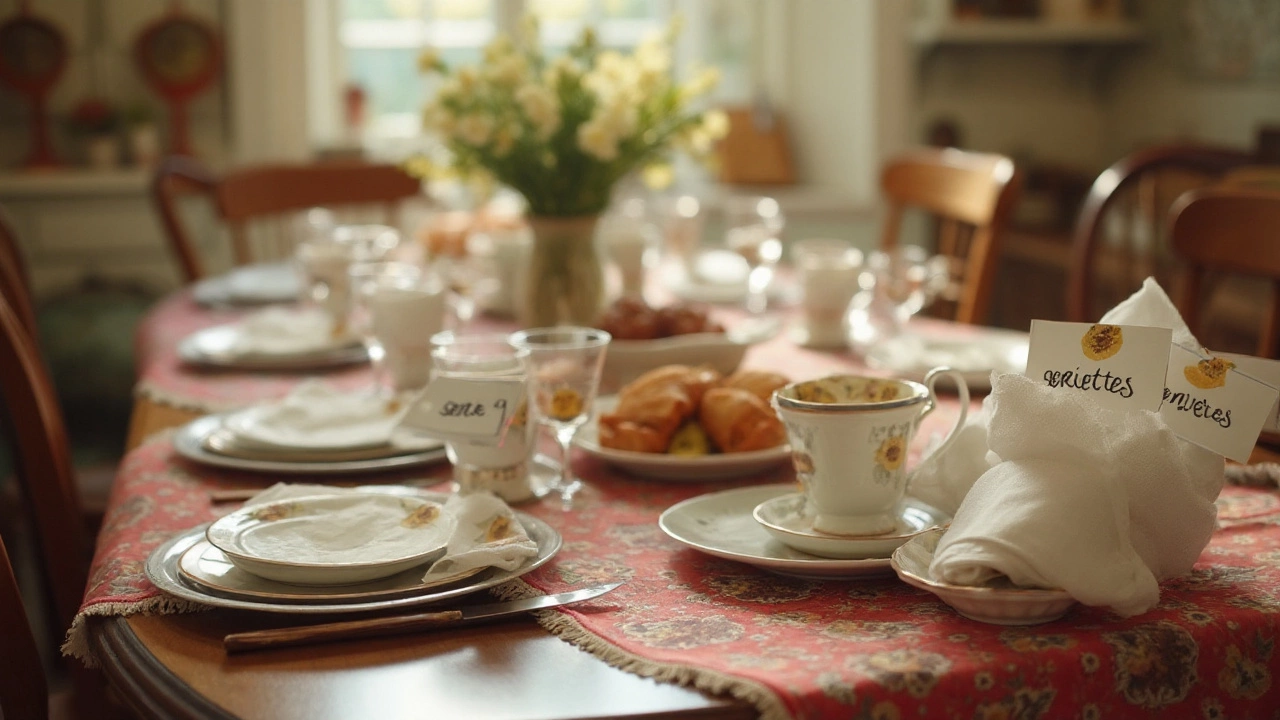Napkin History: From Ancient Cloth to Modern Tableware
Ever wondered why we wipe our hands with a little square at the table? The napkin we use today has a story that stretches back thousands of years. It started as a simple cloth to keep hands clean, turned into a status symbol for the wealthy, and ended up as the disposable paper sheets you find in fast‑food bags. Let’s walk through the highlights so you can impress your friends at the next dinner.
Early Beginnings: Cloth and Handkerchiefs
The first “napkins” weren’t the neat squares we picture. In ancient Rome, diners used a rag called a mappa to dab their fingers after a meal. Wealthy households kept a clean piece of linen on each seat, while poorer families wiped their hands on whatever was handy. In medieval Europe, the handkerchief became popular among nobles. It was folded and placed on the table to protect clothing and to signal good manners. By the 1500s, the French court started using a square of linen called a serviette that was set at each place.
Industrial Age to Disposable Napkins
The big shift happened in the 19th century. With the rise of cotton factories, it became cheaper to produce plain cloth napkins in large quantities. Restaurants in New York and London began providing them to diners, and they quickly became a sign of a respectable eatery. Around the same time, the paper industry discovered a way to mass‑produce thin sheets. The first paper napkins appeared in the 1930s, marketed as a hygienic alternative for quick meals. After World War II, disposable napkins exploded in popularity because they were cheap, easy to store, and fit the fast‑food boom.
Today, you’ll see a mix of both worlds. Upscale restaurants still offer plush linen napkins for elegance, while fast‑food joints stick with paper. Some eco‑conscious brands even make napkins from bamboo or recycled fibers, blending tradition with sustainability. No matter the material, the napkin’s role stays the same: a handy tool to keep your hands and face clean while you enjoy the food.
Knowing a bit of napkin history can also help you navigate dining etiquette. For instance, in formal settings, you should place the napkin on your lap as soon as you’re seated and use it lightly—no wiping your face like you would with a towel. When the meal ends, fold it loosely and leave it to the left of your plate. If you’re at a casual spot with paper napkins, just toss the used one in the trash bin; no need to fold.
So next time you unfold a napkin, remember you’re playing a small part in a centuries‑old tradition. From Roman rags to modern bamboo sheets, the napkin has evolved, but its purpose remains the same: keeping meals tidy and making dining a little more comfortable.
Ever wondered what Brits call napkins? Explore the quirky world of British table talk, the meaning of 'serviette', and how UK dining lingo differs from American terms.
Aug, 4 2025
